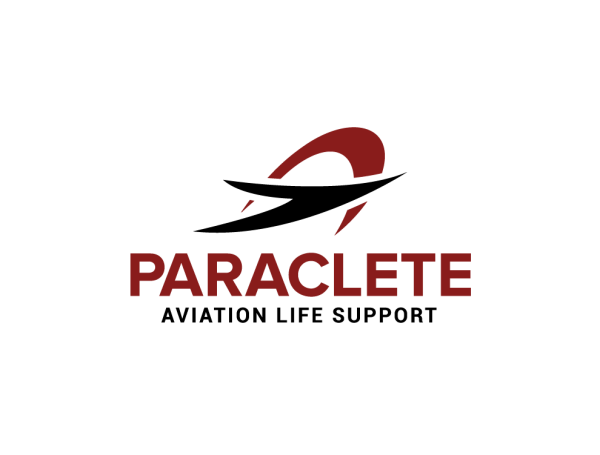1. Visual Inspection
- Inspect the shock liner for cracks, dents, or deformations that could compromise protection
- Look for signs of moisture damage, mold, or discoloration that could weaken the liner.
2. Structural Integrity Check
- Gently press on different areas of the shock liner to check for soft spots or areas of compression.
- Ensure the liner maintains its original shape and is not excessively compressed or worn down.
- Check that all attachment points (Velcro or mechanical fasteners) are secure.
3. Fit & Stability Test
- Place the helmet on your head and ensure the liner provides a snug, even fit without pressure points.
- Shake your head gently to verify that the liner maintains proper contact without shifting.
4. Cleanliness & Maintenance Check
- Remove any dirt, debris, or foreign objects trapped in or around the liner.
- If applicable, follow manufacturer guidelines for cleaning and drying the liner properly.
________________________________________________________________________________
Pass/Fail Criteria
PASS: The liner is in good condition, securely attached, moderately soiled and retains its structural integrity.
FAIL: If there are visible cracks, excessive wear, detachment, or compression damage, DO NOT USE until replaced.
Refer to Maintenance Status Traffic Light Checklist to determine Serviceable condonation or if faults are Unserviceable, not recommended to fly with helmet until faults are resolved.


Post your comment on this topic.